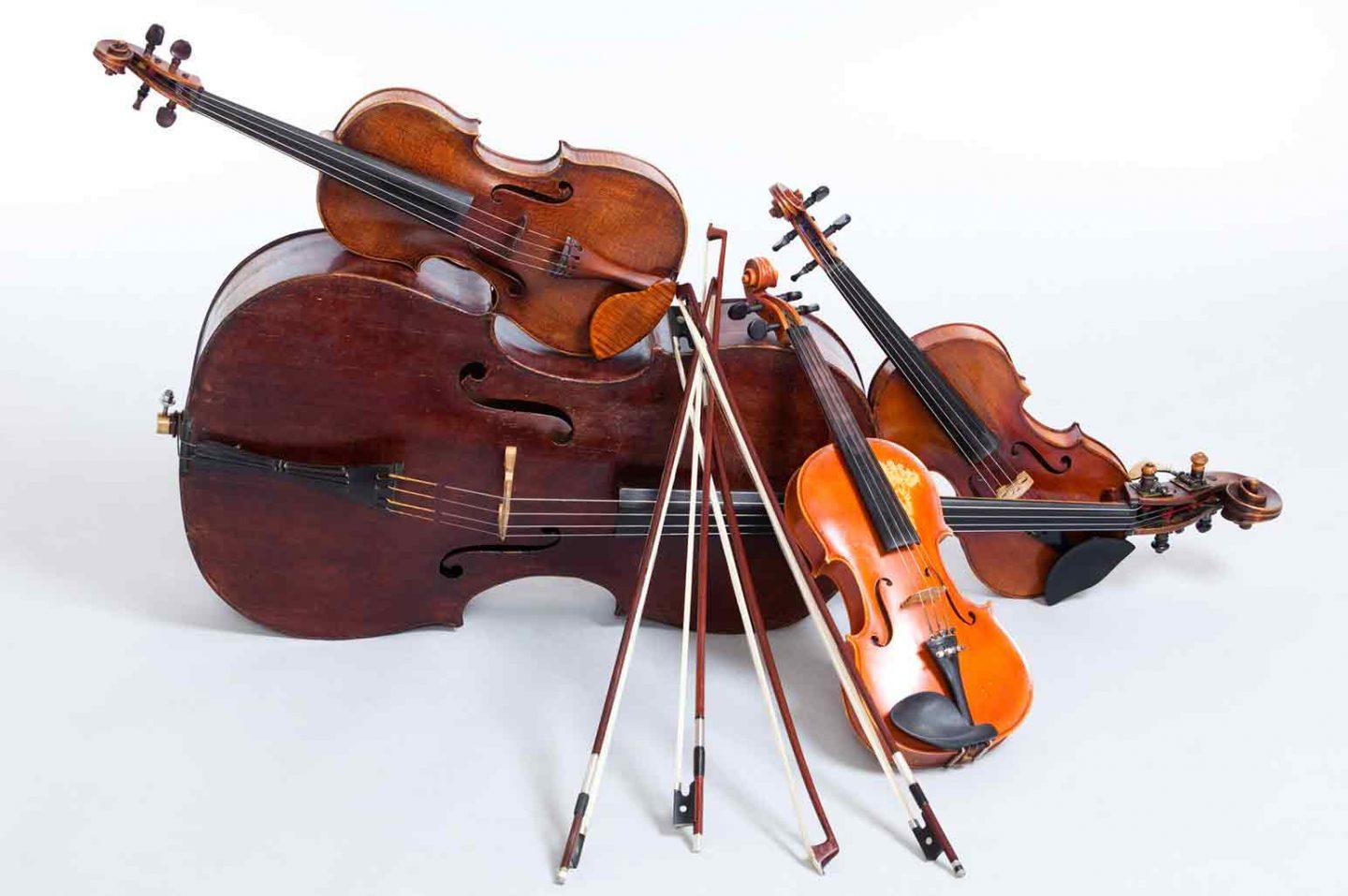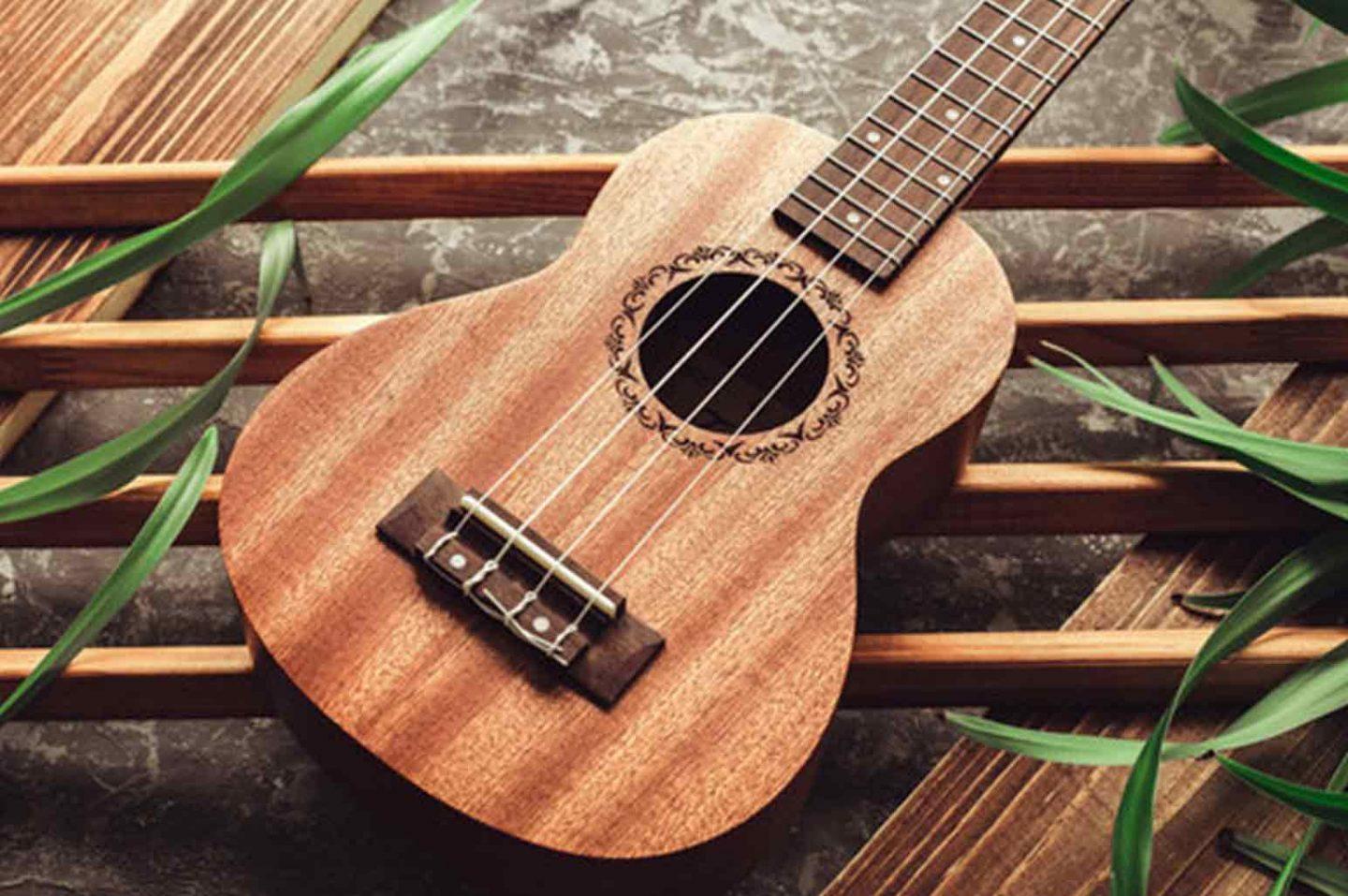Luthiers, people who make string instruments, use wood in their craft. They make the string part of the instruments from nylon or steel, which produces the sounds we love hearing. Musicians use a wooden handle or use their fingers to pluck the strings as they play the instruments. Because they produce sound from the vibrating strings, that’s how they gained the name. They fall into three categories: the lutes, which are instruments supported by the neck such as guitars, the harp whose strings they contain in a frame, and lastly the zithers whose strings are in a body such as an autoharp. The not-so-common string instruments include the following.

- Mandolin
The Mandolin is an Italian string instrument commonly played by plucking. It produces a tune similar to that of a violin. Most mandolins exist with four double metal strings, although there are five and six double strings. Mandolins exist in three styles, the Neapolitan, which was most widespread in the history of Mandolin, the archtop mandolin, and last, the flat-backed. There is the Soprano, Tenor, Piccolo, Alto, Bass, and Contrabass in the Mandolin family. They make the Mandolin up of a body and a neck, just like any other string instrument. They suspend the strings over the neck, and it is the vibration of the strings that produce sound.
- Ukulele
The ukulele is a string instrument with a Hawaiian origin. Portuguese immigrants introduced it to Hawaii. It is a small guitar-like instrument that generally comprises four nylon strings and a body made of wood. The ukuleles’ four sizes come in are the soprano, the standard ukulele, tenor, baritone, and concert. The tone and volume vary with the size and construction. The concert size of ukuleles produces an enhanced soprano slightly louder and more profound in tone than the standard ukulele, while the tenor produces deeper bass. The ukulele spread to Canada, Japan, United Kingdom, and later to the United States from a Hawaiian origin.

- Lute
A lute is a string instrument member with plucked strings, a neck, and a hollow body. They originated from Mesopotamia, or they came from the ancient Semitic tribes. It is not clear. The lute family includes:
- The long-necked plucked lutes
- The short-necked plucked lutes
- The bowed instruments
A lute is fretted or unfretted. At the end of the neck, they attach the strings to pegs that you can adjust to increase or reduce tension while playing. It tightens the tension, the pitch raises, and by loosening, you lower the pitch. Like a violin, you pluck the strings using one hand while the other hand presses on the neck’s fingerboard. Lutes are made from wood almost entirely, with the strings made of animal gut varying in sizes and number of strings. There is no permanent standard for tuning in lutes. However, lutes with over six strings or courses have a more significant neck, and because of the large size, it is difficult to stop the strings beyond the sixth course, thus producing bass compared to other lutes with four strings.
- Banjo
The banjo is a string instrument that originated from African-Americans in the United States. It has a thin membrane stretched over to a circular frame mostly made of plastic. In rare instances, they can make the frame from animal skin. People play the banjo in folk and country music.
There are two techniques for playing the banjo which are associated with the five-string banjo. The methods are rolls and drones; when to play the rolls, you finger the eighth string using the right hand while the drone, which is quick minor notes, is made by playing the fifth string to get a melody.
The modern banjo comes in various forms, the four-string version, and the five-string version, although the six-string version is gaining popularity. The banjo has gained a lot of popularity and is now being played widespread in the world.

String instruments are similar in several ways. First, it is the physical appearance in that most of the string instruments come from wood and have strings. They are all similarly shaped with curvy wooden bodies and necks made of wood. Another similarity is in how you play them by plucking the strings or moving the bow. Lastly, it is in how you hold them while playing. The string family of instruments is large, and you can quickly identify them because of their appearances. The string family is also the most prominent family of instruments in the orchestra. Do not just settle for the expected string instruments like the violin and guitars; explore various instruments.
